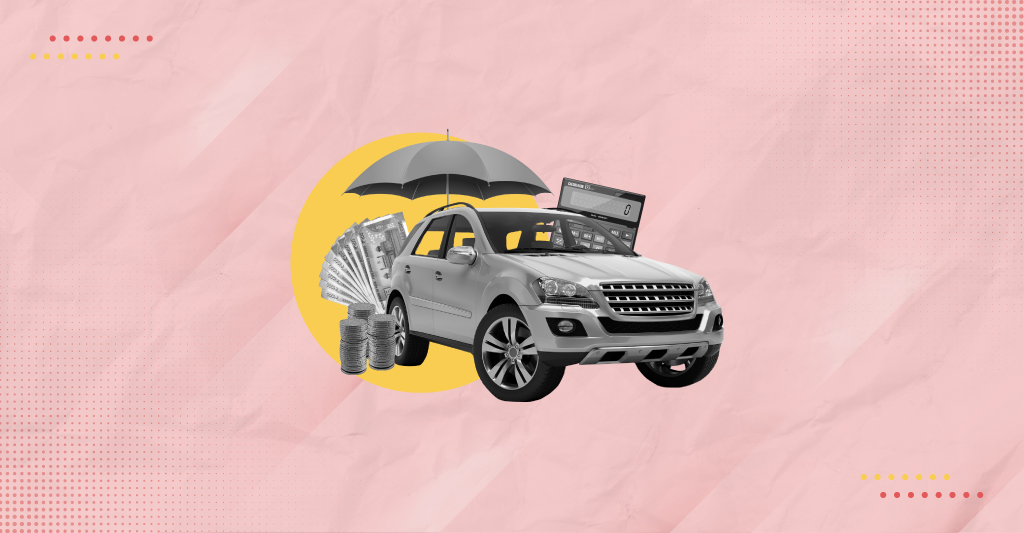Last Updated on Jan 27, 2022 by Aradhana Gotur
India is the fifth-largest auto market with 3.5 mn. units sold in passenger and commercial vehicles, according to the IBEF.
The market for electric vehicles may scale up to reach Rs. 50,000 cr. by 2025. All of us own or have aspired to own a car in our lives. Buying car insurance goes hand in hand with buying a car. Motor insurance is mandatory for all vehicles under the Motor Vehicles Act of 1988. Motor insurance companies offer an abundance of plans to cater to our individual needs. Choosing an optimal insurance plan that suits our requirements often taxes our ingenuity. There are many plans with different features and different price points. Making the right choice for the insurance plan for your needs presents a dilemma.
The article seeks to demystify the process and provides some simple pointers in choosing the correct car insurance.
Table of Contents
Understand the different types of insurance coverage
- Third-Party liability coverage: This is the minimum insurance coverage mandatory under law. This type of insurance covers only damage to the third party. No compensation gets paid for damage to your car in case of an accident. This plan is a basic plan with an affordable premium.
- Comprehensive insurance cover: This cover includes compensation for both damages to your car, the personal injury sustained by the owner/driver, and also third-party damage. As the insurance coverage is higher, it means the premium payable is also more. You may opt for this kind of insurance policy, given its benefits, if it meets your budget constraints. This coverage also has a Force Majeure component. The policy extends protection in the case that a natural calamity or a man-made disaster occurs. If an accident occurs, the owner/driver of the car is also covered. The cover does not extend to the passengers of the car. Owners of the more luxurious models of sedan or SUV may prefer this coverage as the repair charges for the vehicle will be very high.
Form a budget for your car insurance
The budget will depend on the type of your car, the number of financial dependents, the repair charges and cost of parts, whether you have direct ownership or purchased the vehicle under hypothecation with the loan still unpaid. If the vehicle is under a scheme of hypothecation, then a comprehensive insurance plan is a must.
Compare the plans from various insurance companies
You must compare the policies in terms of the sum assured, read the fine print about inclusions and exclusions of the policy, analyze the add-on riders, the seamlessness of the claim process, and deductibles. Multiple e-commerce sites offer various plans at competitive prices. Analyze the incurred claims ratio and whether the particular insurer is known for a quick claim settlement process. Assessing the insurance company’s claims settlement ratio is key. You want fast disposal of your financial claims when you are already distressed due to the accident. The claims settlement ratio is the number of claims settled against the number of claims filed. Do a cost-benefit analysis and choose the plan that works best for you.
Choose the appropriate add-ons
Add-on riders widen the scope of policy coverage and cover specific risks. For instance, the engine protect add-on protects your engine and provides protection during floods. This option is available only for comprehensive insurance policyholders. Get zero depreciation cover if possible, which is an add-on cover. This cover ensures that the insurance company pays for all the car parts used in the repair and the repair itself; without any deductions for depreciation. The insurance company will reimburse all your damages in case of an accident.
Understand the policy terms clearly
Read the fine print of the policy document. This way, you will completely understand the terms of the insurance coverage. Understand the exclusions to the policy to avoid disputes later when you file a claim.
Bundling discounts
If you have already purchased other forms of insurance, like property insurance, medical insurance from one company, it makes sense to buy your car insurance from the same insurance company. You may get favourable policy terms and pricing for your car insurance as it is all under one roof.
Other considerations
- Monitor and update your insurance premium requirements. Don’t let your policy lapse.
- Provide correct and factual information to the insurance company about your driving experience, accident record, etc. Wrong information provided to the insurance company while buying an insurance plan can lead to the cancellation of the policy.
- Try and buy car insurance online to get a wide choice of insurers offering competitive terms. Online policies make a switch between insurers very easy.
Factors determining auto insurance rates
Insurance companies determine auto insurance rates using several parameters, including the driver’s age, gender, driving record, the area where the vehicle may be driven, and vehicle’s make, model, variant, and brand. Your car purchase decision also has a bearing on your car insurance rates. Insurance companies calculate insurance premiums, keeping in mind the Insured Declared Value (IDV).
IDV refers to the current value of the car for which insurance is purchased. The insurance company declares No claim bonus if you do not cause any accidents in a particular year. In the subsequent year, your motor premium may reduce by as much as 50%. No claims bonuses are attached to the policyholder and not the car. Hence, it is transferable from insurer to insurer or from car to car.
Aftermarket modifications to your vehicle can increase your premium payable. If you install anti-theft devices on your car, your insurance premiums will reduce as the probability of theft is reduced. The age of the car also determines the amount of insurance cover. The age of the car reduces its IDV and hence lowers the premium rates. New cars have higher IDVs with commensurately higher premiums.
Wide network of garages
Look for a car insurer who has a large number of garages that repair and service the cars. Car insurance companies have an extensive network of garages, just like medical insurance companies with an extensive network of hospitals. This network helps in getting your repairs done on a cashless basis or payment of a small amount.
Key takeaways
The main purpose of buying car insurance is to protect against the financial consequences of loss and not merely protection. Loss may occur due to accidents, natural causes, or theft. Buying car insurance online makes the process seamless. You can do more research and make an informed decision. Understand the policy coverage, inclusions and exclusions, thoroughly. This way, you cannot go wrong. With a little due diligence and research, you can purchase a car insurance policy that is tailored to your budget.
- Top Large Cap Funds 2025: Discover Blue Chip Performers - Mar 27, 2025
- Gilt Funds in India: Features, Meaning, and Advantages - Mar 13, 2025
- Best Index Funds in India 2025: Top Performing Mutual Funds - Mar 13, 2025




